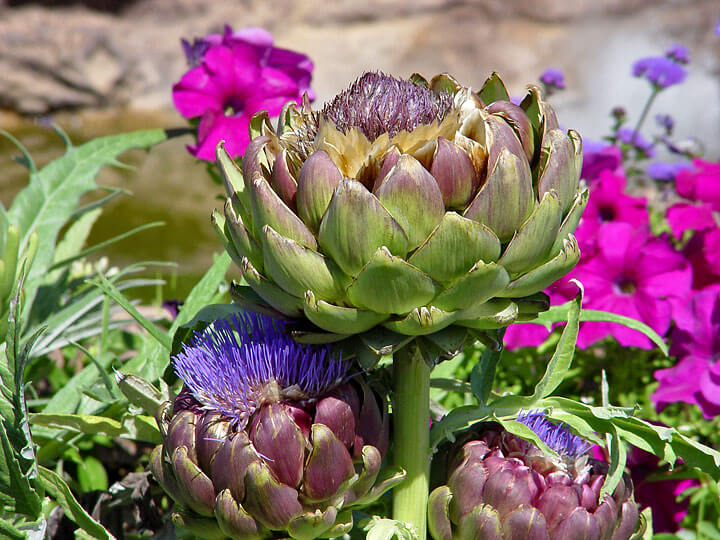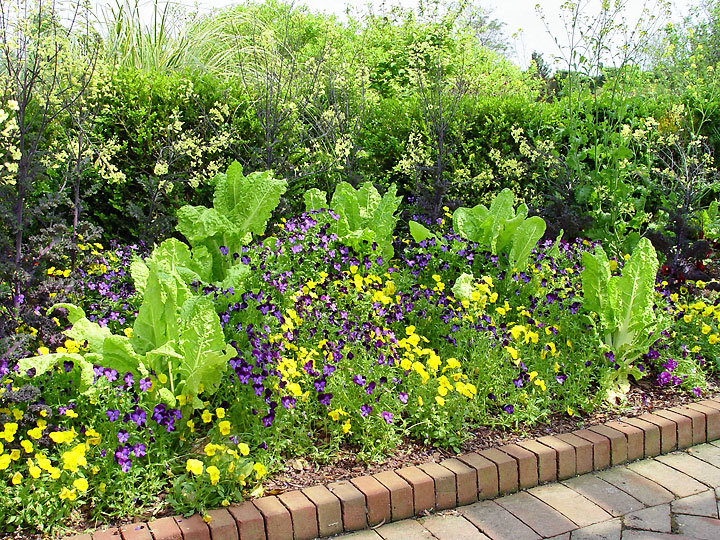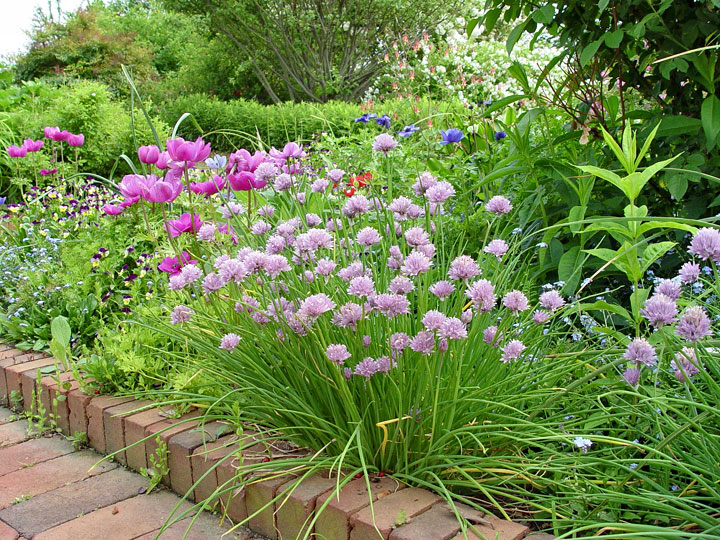Call it botanical profiling. It’s gone on since the beginnings of agriculture. Tomatoes, corn and lettuce belong in the organic food garden. Flowers grow in the ornamental garden. The primary reason for such a division is that food growers are all about a clean, edible harvest. Flower growers put the emphasis on an abundance of perfect blooms throughout the season. They often use synthetic fertilizers to achieve that end. This is not necessary.
With Black Gold OMRI Listed, all-organic fertilizers and potting soils, it’s now easier than ever to grow your garden without chemicals. Go organic and grow organic throughout your landscape so you can plant peppers in the flower garden, and zinnias in the kitchen patch. But for those who don’t have space to separate the two, this blending becomes a problem solver that yields beauty and flavor.
One of the best reasons to grow all organic is that you can pick and eat edible flowers such as violas, pot marigolds and nasturtiums. In the middle ages, spring salads were made of the entire viola plant blended with onion. But if the flowers aren’t grow organically, there’s a risk of taking up synthetic agricultural chemicals in stem, leaf and flower. When your flower garden is organic, you can pick them out of beds and borders to shower your beautiful culinary creations with colorful petals.
It’s easier to begin this transition to organic by designating a certain bed to start. Then over time, you can transition the rest of the garden bit by bit. Above all, organic gardening depends on building soil fertility with quality organic matter so that microbes can proliferate naturally. Once designated organic, do not use any chemical pesticides, herbicides or synthetic fertilizer since these kill the microbes you are trying to cultivate.
For container gardening, start off on the right foot with OMRI-approved Black Gold Natural and Organic Potting Soil. It’s fortified naturally and ready to go right out of the bag for filling pots and troughs that will soon yield crops, flowers or both.
For in-ground gardens, build average earth into superior organic-rich soil with Black Gold Earthworm Castings or Black Gold Natural & Organic Soil Builder. Cultivate generous amounts into your soil to enhance fertility that leads to more bio activity. In fact, you really can’t overdo it with these amendments, but you can fail to use enough. Always be generous.
Because flowers and food plants are both heavy feeders, plan for a more powerful start, then add nutrients again later on in the season. When transplanting seedlings, incorporate a Starter & Transplant Fertilizer into your planting area. Then feed again during peak season to stimulate continuous production. For this second feeding use stronger Tomato & Vegetable Fertilizer every thirty days by cultivating it carefully into the soil between plants.
For anyone with a landscape who lacks a designated space for a kitchen garden, go organic to blend food plants into your flower beds. Another option is to grow organic in mixed containers that are decorative and productive. The only thing you must remember is to garden organically, no matter what plants you have in mind.




